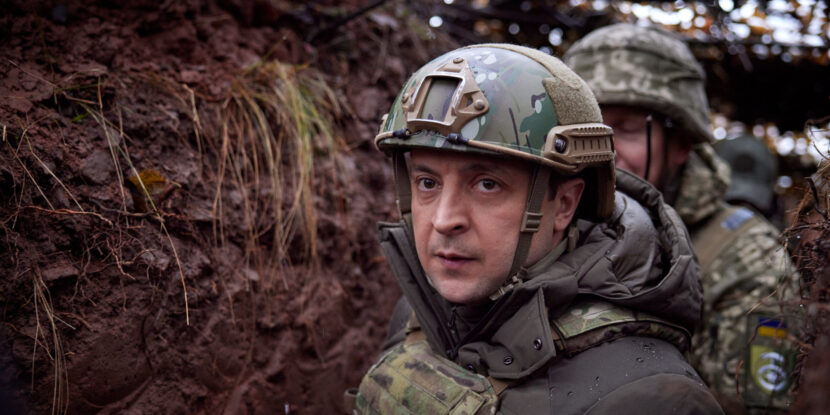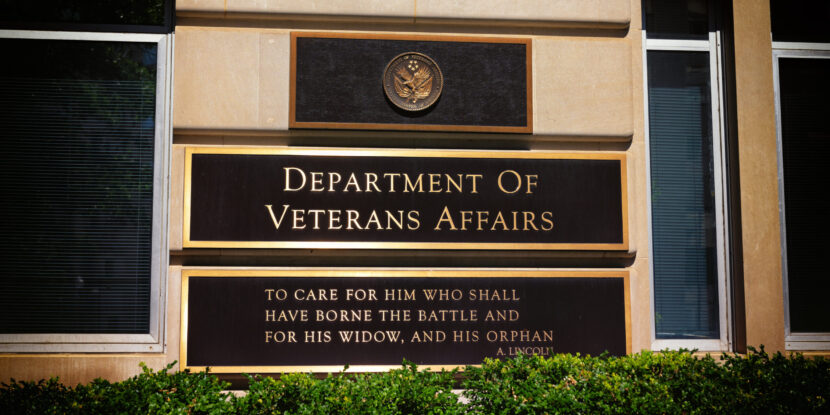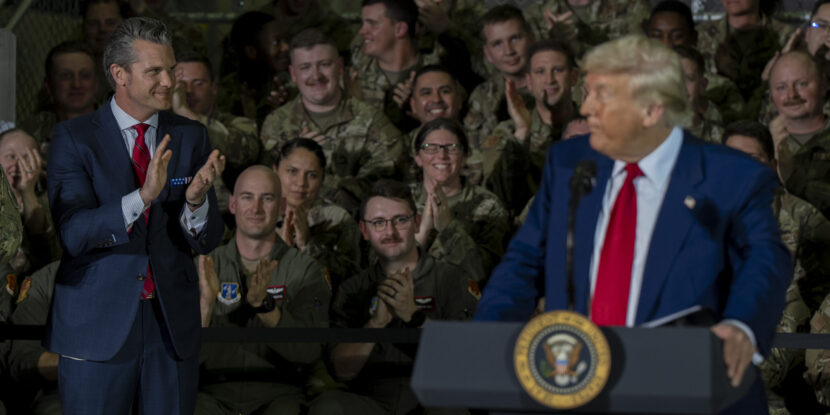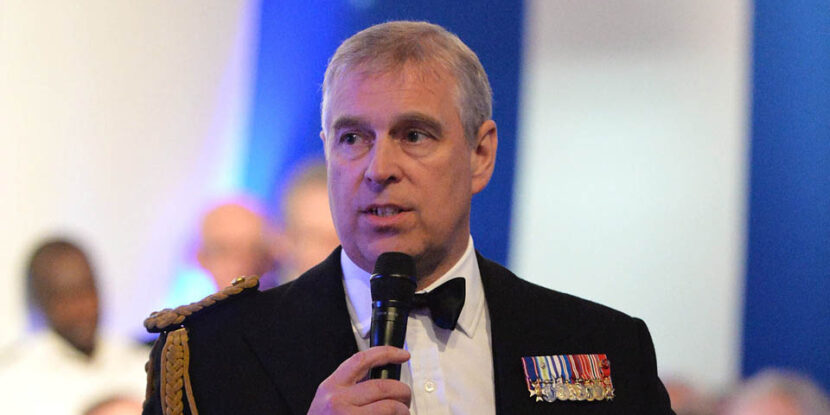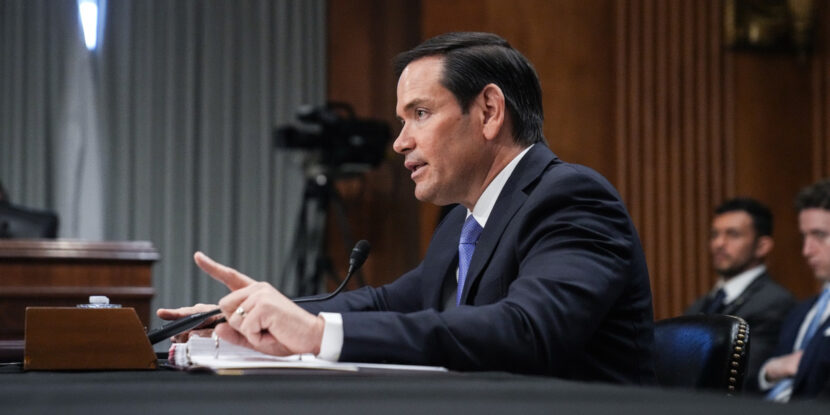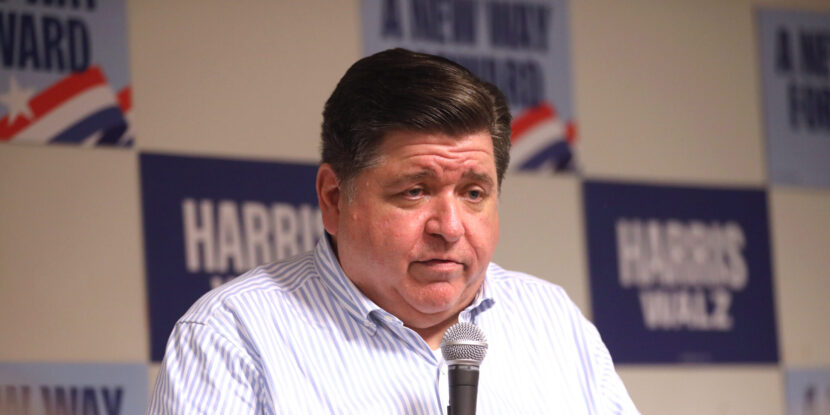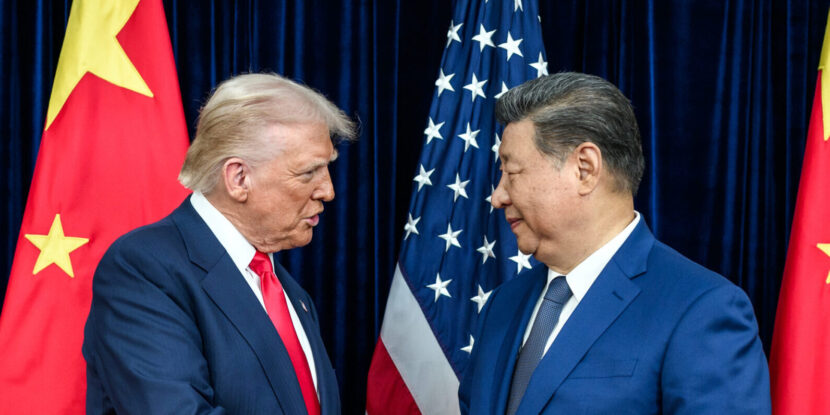PULSE POINTS:
❓What Happened: The U.S. withdraws around 100 troops from Jasionka, Poland, a key weapons distribution center for Ukraine, handing control to European NATO forces.
👥 Who’s Involved: U.S. Pentagon, Polish Defense Ministry, NATO allies (Spain, Britain, Romania), and Ukraine’s military support network.
📍 Where & When: Jasionka, Poland, near Ukraine’s border, announced April 8, 2025.
💬 Key Quote: “After three years at Jasionka, this is an opportunity to right-size our footprint and save American taxpayers tens of millions of dollars per year.” — Gen. Christopher Donahue
⚠️ Impact: Reduced U.S. presence saves cash while European allies pick up extra duties as Ukraine fights on.
IN FULL:
The U.S. has pulled approximately 100 troops from Jasionka, Poland, a critical logistics hub near Ukraine’s border that has been channeling weapons to the Ukrainian military since 2022. This move trims America’s role at a facility that has processed over 113,000 pallets of military aid—artillery shells, drones, and more—shifting primary responsibility to Polish forces and a mix of NATO troops from Spain, the United Kingdom, and Romania.
A small U.S. contingent will stay to oversee operations, but the Army’s 62nd Distribution Company, which ran the site, has withdrawn with its equipment, saving American taxpayers “tens of millions of dollars” annually, per General Christopher Donahue.
Gen. Donahue, the commanding general of U.S. Army Europe and Africa, stated, “After three years at Jasionka, this is an opportunity to right-size our footprint and save American taxpayers tens of millions of dollars per year.” The incumbent Trump administration, like the first Trump administration, has indicated that cutting back on foreign “forever wars” and pushing European NATO allies to pull their weight is a key strategic goal.
The hub, just 50 miles from Ukraine, will keep running under Polish command, with the Polish Defense Ministry vowing there will be no disruptions. The timing of the change—amid Ukraine’s ongoing need for supplies—underscores a pivot in which Europe shoulders more while America trims costs and commitments overseas.
